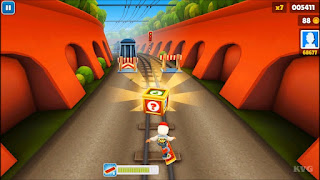Game Design Readings
What is a game? The definition is blurry, a popular one being 'a play activity with rules that involves conflict'. In a game there is always an objective you are trying to achieve but what really makes it a game are the rules standing between the player and the objective. For example, in X's and O's the objective of the player is to draw either 3 X's or 3 O's in either a straight or diagonal line across a 9 square grid. Without the rules a player could just draw all 3 on their first attempt and win the game in seconds and that would not be a game, the rules state that you can only draw one X or O on each attempt so that is what turns this activity into a game. It is also a blurry area over whether role playing games like dungeons and dragons are actually considered games, this is because of their style being different to traditional games, they are more about character building and storytelling and lack any real end point so it is hard to define it as a game when there are no winners or losers.
A reading I done this week was called 'The Organic Nature of Game Ideation' by Annakaisa Kultima. She discusses how the gaming industry relies on idea generation because without new ideas there are no new games, I would agree that generating ideas is very important to the gaming industry so it's an area that warrants a lot of investment. Game studios can make money off old ideas, with sequels or similar remakes, but in order to gain new customers and users they need to make new games from scratch with new ideas.



Comments
Post a Comment